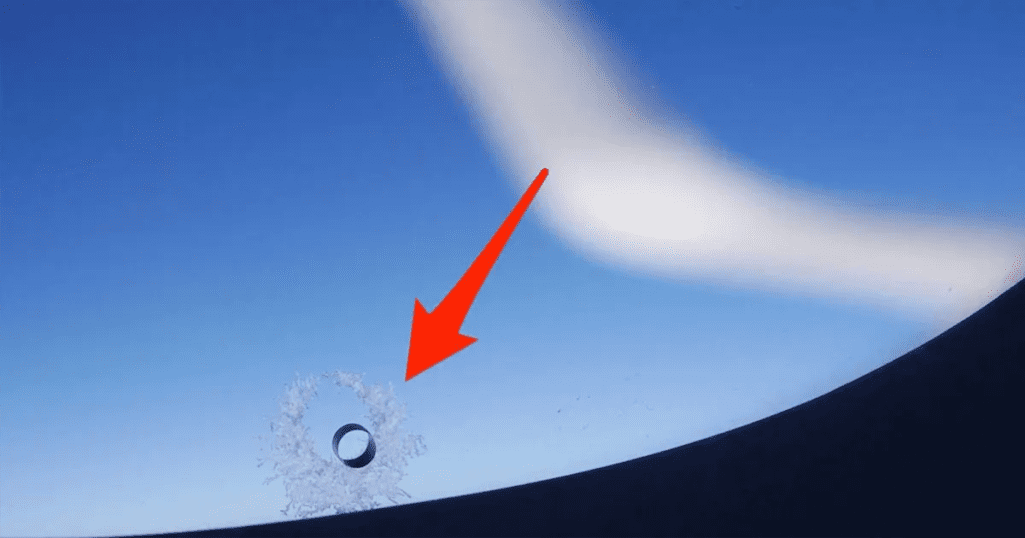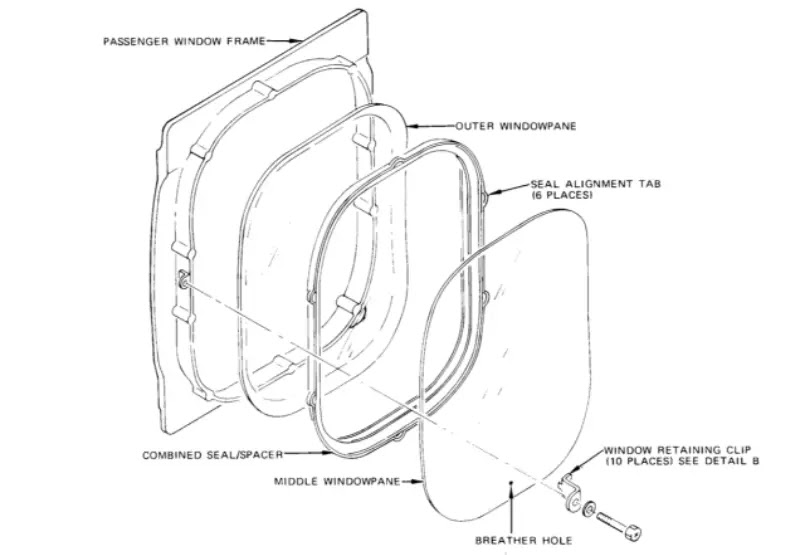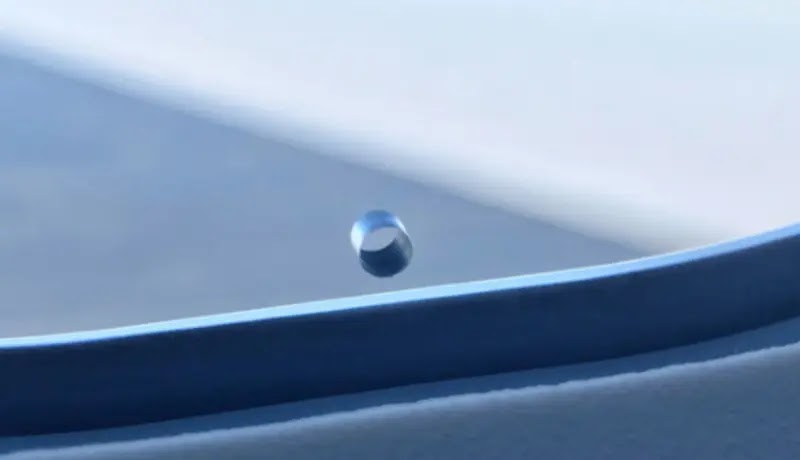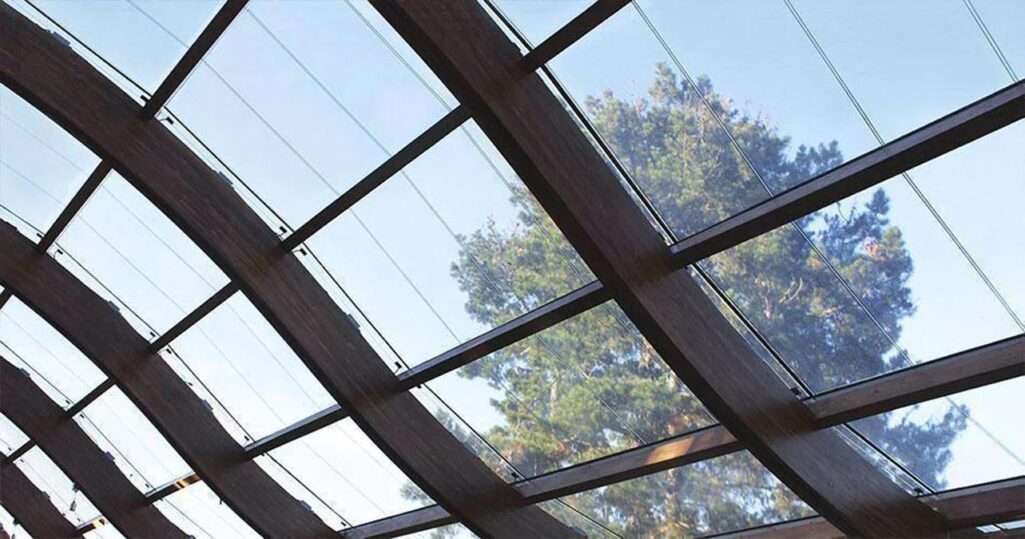
When flying, have you ever noticed a little hole in the middle glass of the window? Many plane windows do have holes. However, this isn’t true of all of them. Some passengers think it’s a manufacturing flaw when they see it, but there’s a good explanation for it.
Explained: Window Bleed Holes
Bleed holes” are what you see in airplane glass. Lexan polycarbonate or plastic acrylic are the most common materials used in airplane windows because of their low weight and flexibility. The bottom center of the middle pane normally has a single bleed hole. Why are these bleed holes necessary?

Bleed holes are primarily meant to maintain air pressure when the plane’s altitude rises. A typical commercial aircraft flies at the height of between 28,000 to 35,000 feet – more than six and a half miles. At these elevations, the air is very thin and lacks any kind of pressure, making it difficult to breathe. To ensure a safe and comfortable atmosphere for passengers and crew, planes pressurize the cabin. When the cabin air pressure is higher than the air pressure outside the aircraft, it pushes on the windows in an effort to balance out.

High altitude air pressure can cause the glass of an airplane to crack or shatter, but they’re built to endure the strain. To assist reduce some of this tension, they are frequently built with a bleed hole. The bleed hole is situated in the central pane, allowing pressured air to reach the outer pane. Bleed holes allow pressured air from within the cabin to reach the exterior glass of the window, thereby acting as a bleed valve. If there is no bleed hole, the inner glass of a window would be subjected to high pressures. Pressure can be transmitted to the outer pane through a bleed hole, reducing the stress on the inner and middle panes. As an added precaution, in the event that the outer glass ruptures or otherwise fractures, bleed holes are included.

A hole in an airplane window isn’t anything to be frightened about when flying. Known as “bleed holes,” they are not a flaw or a symptom of damage in airplane glass. Their function is to maintain a pressure differential between the inner and outer panes of a window so that the outer pane is always exposed to pressured air. It equalizes the pressure in the cabin by transferring pressured air from the inside to the exterior.




